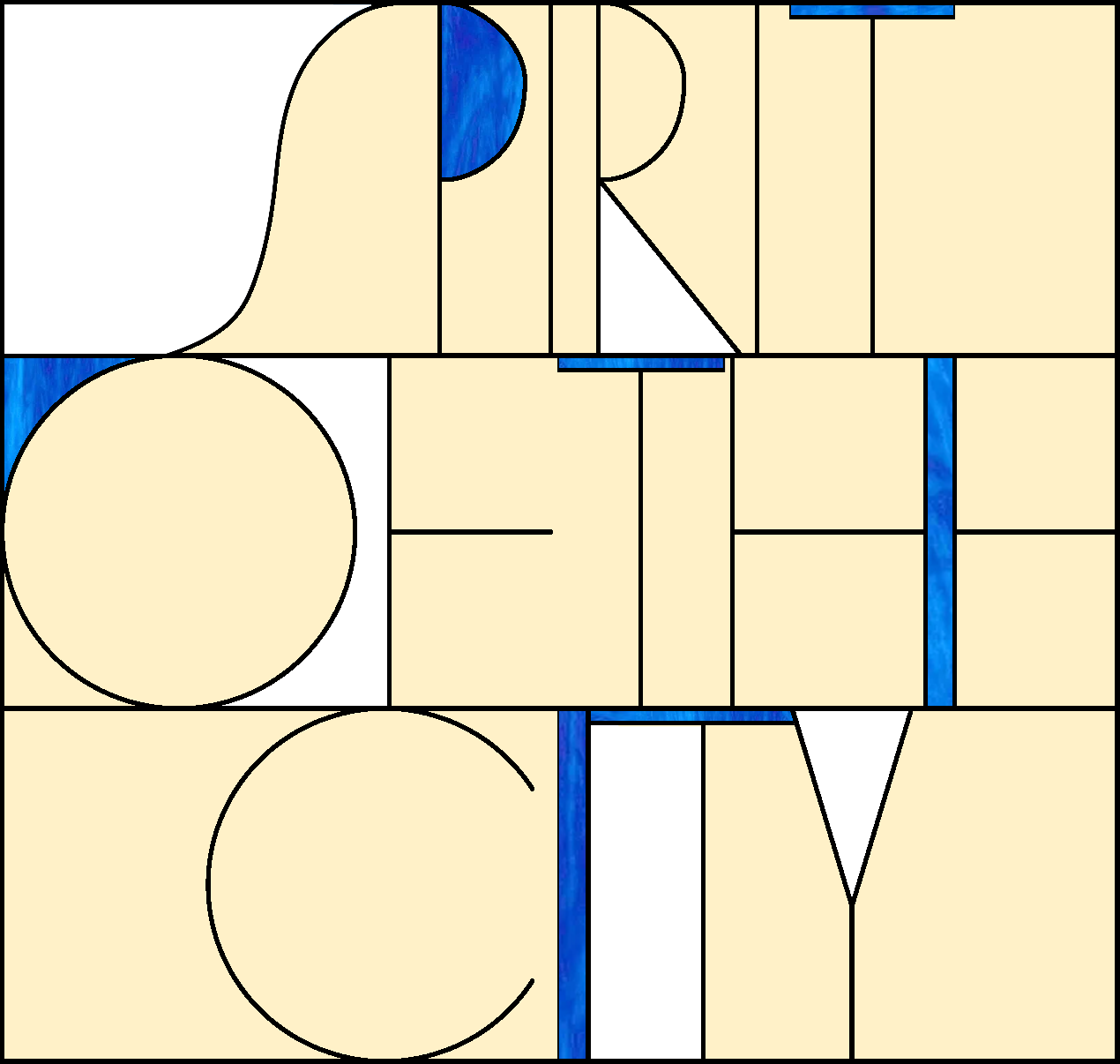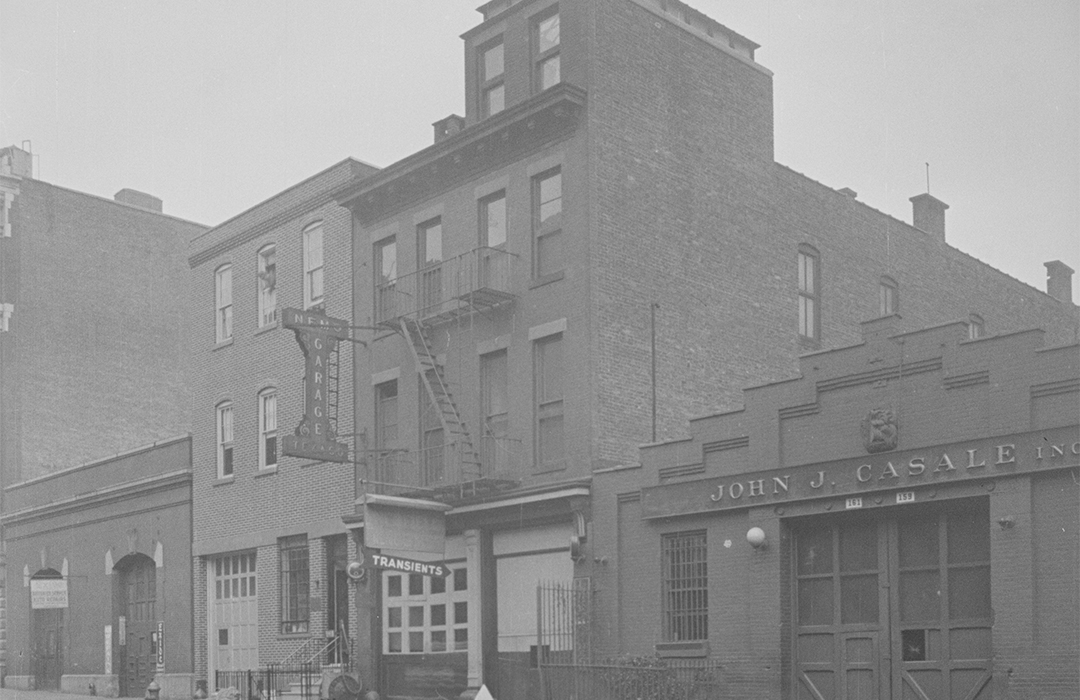
Iglesia Pentacostal El Sinai
163 West 107th Street
by Tom Miller
In 1906, Frank Green sold the two-story wooden building at 106 West 107th Street to Amalia Friedrich. Green may have been superstitious, and the number three was his lucky number. He charged Friedrich $3,333.33 for the property.
At the time, automobiles were just beginning to challenge horses as the preferred method of transportation. There were about 21 million horses in the United States and only about 4,000 automobiles. But Amalia Friedrich had foresight.
Automobilists would need someplace to house their vehicles. Little by little “auto stables,” later called garages, began appearing. Three years after buying the frame structure, Amalia Friedrich demolished it and hired the architectural firm of Sommerfeld & Steckler to design a three-story, brick garage on the site.
Little by little “auto stables,” later called garages, began appearing.
The firm’s design, interestingly, harkened to Italianate-style commercial structures of a generation earlier. Two large ground-floor bays were separated by a cast iron pilaster under a prominent cornice supported by substantial brackets. The cast metal terminal cornice, with its leafy, foliate brackets, would have been more expected on a building three decades older. On the roof, a one-story brick annex housed the machinery for the elevator.
As vehicles changed, so did the building. In 1917 Amalia Friedrich hired architect Alfred C. Wein to make alterations, and seven years later he was called back to make changes again. By now automobiles were substantially heavier. The Department of Buildings demanded that there could be no more than five automobiles on any floor.
By 1941, it was known as the Nemo Garage. It housed both long-term and “transient” cars and provided repair service. In August 1943, Alfred Friedrich leased the building to George La Frantz, and shortly afterward, Henry L. Johnson opened Johnson’s Body Works here. While the business still garaged some cars, it was primarily engaged in automobile repair.
Around December 2, 1946, Johnson Body Works hired Newton Sewell as a car painter. He earned $60 for a 40-hour work week. Less than three weeks later, Sewell fractured his kneecap. In January, he applied for Workmen’s Compensation benefits, claiming his injury resulted from slipping on a greasy floor. As it turned out, it was not the greasy floor or Johnson’s Body Works’s negligence that caused the accident. Sewell’s forthright explanation read, “While working on a car another worker tussled with me and I fell to the floor striking my left knee.” The cause of his injury was officially listed as “horseplay while working.”
As it turned out, it was not the greasy floor or Johnson’s Body Works’s negligence that caused the accident.
The building was altered again in 1956, and in 1963. The limit of five cars per floor established in 1917 remained in place. Then, the alteration completed in 1975 ended the little building’s life as a garage and repair shop. It was converted to a church, the Spanish language Iglesia Pentecostal El Sinai. The vehicle bays were closed off, and pedestrian doors were inserted. The ground floor space was altered for church use. The ever-changing structure received one more alteration in 1999 when the church received a permit to remove the cornice. At the same time, the facade was painted red and trimmed in white.
Tom Miller is a social historian and blogger at daytoninmanhattan.blogspot.com
Building Database
Be a part of history!
Stay local to support the nonprofit currently at 163 West 107th Street:


